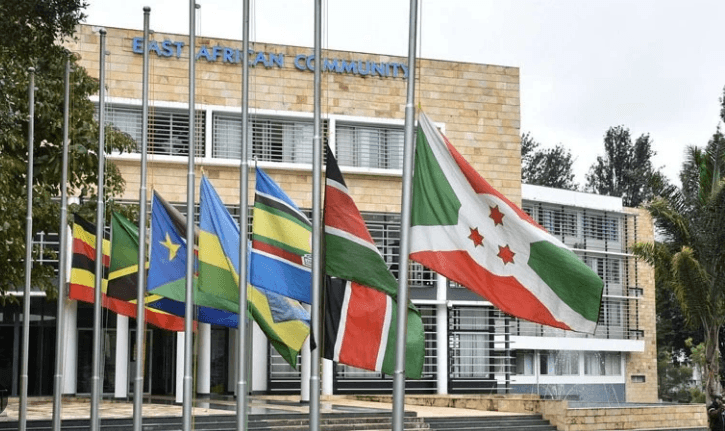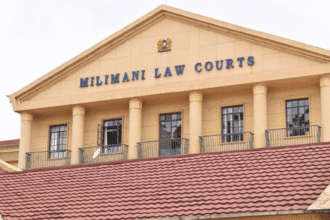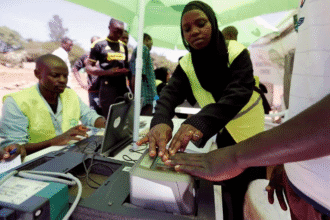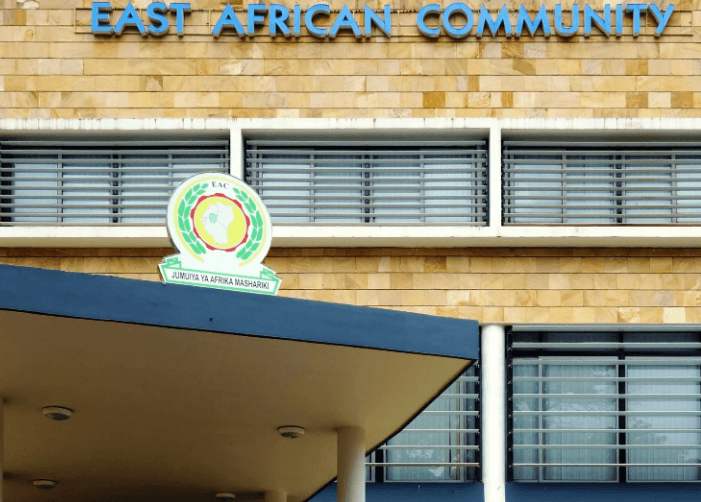
The rising cost of living has become a pressing concern for millions across East Africa, where inflation, global economic shocks, and local policy challenges have driven up the prices of essential goods and services. In response, the East African Community (EAC) is taking a proactive role in addressing these challenges through strategic planning and coordinated regional efforts
Understanding the Crisis
Over the past few years, East Africans have experienced significant economic strain. Food prices have surged due to disrupted agricultural production and high transport costs. Fuel and energy prices, largely influenced by global markets, have also soared, affecting nearly every sector from manufacturing to daily commuting. Combined with stagnant wages and unemployment in some areas, the result is an alarming squeeze on household incomes.
What the EAC Is Doing
The EAC is recognizing that the cost of living is a regional issue requiring a regional solution, the EAC has started developing comprehensive strategies aimed at both short-term relief and long-term sustainability.
Here are some key focus areas that the East African Community is putting in place:
- Lowering Trade Barriers
One of the main goals of the EAC is to facilitate seamless trade among member states. By reducing non-tariff barriers, streamlining border procedures, and harmonizing standards, the EAC aims to lower the cost of transporting goods across borders. This could translate into cheaper food, fuel, and manufactured products for consumers across the region
- Investing in Infrastructure
High transport costs significantly contribute to the cost of living. The EAC is prioritizing investment in infrastructure projects like roads, railways, and ports to improve logistics and reduce the cost of moving goods and people. For example, the expansion of the Standard Gauge Railway (SGR) and improvements in road networks can cut down transport times and fuel costs
- Promoting Regional Food Security
To tackle food price volatility, the EAC is focusing on increasing regional agricultural productivity, reducing post-harvest losses, and supporting intra-regional food trade. The goal is to ensure surplus production in one country can easily meet deficits in another, stabilizing food prices.
- Energy Cooperation and Price Stabilization
High energy costs are a major driver of inflation. The EAC is working on regional energy integration, including shared power grids and investments in renewable energy. A more connected and diverse energy mix can help stabilize electricity and fuel prices across member states.
- Digital and Financial Inclusion
Reducing the cost of living also involves making services more accessible. The EAC is supporting digital platforms for trade, financial services, and government transactions. Enhancing digital financial inclusion can help citizens access cheaper financial services, improve savings, and cushion economic shocks.
Challenges and the Way Forward
While these initiatives are promising, they are not without challenges. Political alignment, funding constraints, and implementation hurdles continue to slow progress. However, sustained cooperation and accountability among EAC member states could pave the way for a more affordable and resilient economic future.
Conclusion
The East African Community is taking important steps to address the cost of living crisis through thoughtful and coordinated planning. By targeting key economic pain points—trade, transport, food security, energy, and digital access—the EAC hopes to ease the burden on households and ensure long-term prosperity for its citizens. As these plans move from paper to action, public engagement and regional solidarity will be crucial. A united East Africa has the potential not only to weather current economic storms but also to build a more inclusive and stable future





